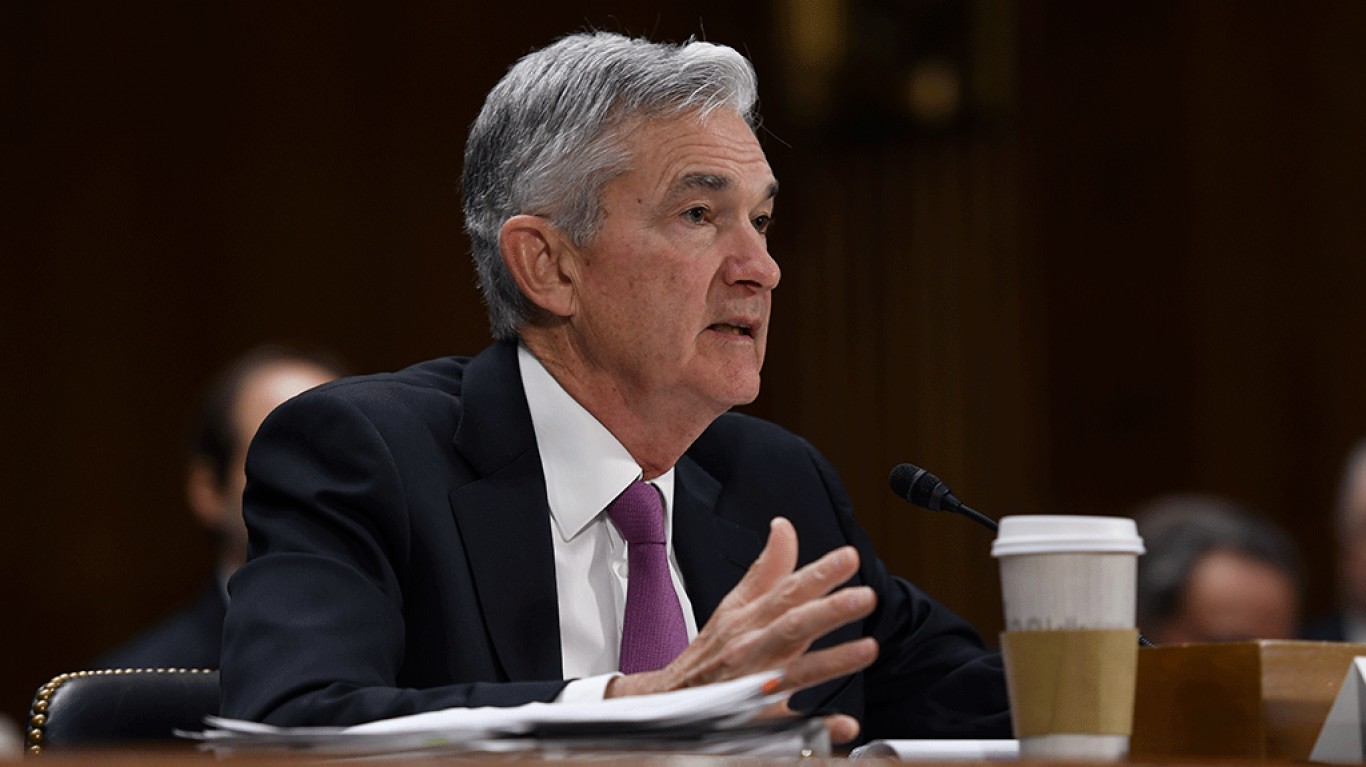

Sometimes the market demands economic stimulus above and beyond logic. Other times economic stimulus is exactly what is needed. Sometimes that stimulus is viewed as being late to the party. Just two and three weeks earlier, the Federal Reserve was hoping to keep interest rates more or less stable through the end of 2020. With the explosive growth of the novel coronavirus, the financial markets and economic activity showed a rapid deterioration with the worst one-week performance in the financial markets since the financial crisis.
Just last Friday came a surprise announcement by Federal Reserve Chairman Jerome Powell that the Fed was monitoring the situation after the market’s panic. After Monday’s huge rally of nearly 1,300 points on the Dow Jones industrial average, we have seen Powell and the Federal Open Market Committee (FOMC) make a less than normal move by announcing a surprise 50-basis-point cut to interest rates.
Rate cuts between scheduled FOMC meetings are not the normal path for the Fed. These instances are meant to offer underlying support when economic conditions change immediately or in an extremely short period. Unfortunately, this instance is being treated as somewhat of a nothingburger.
Tuesday’s interest rate cut took the previous 1.50% to 1.75% range on federal funds down to a range of 1.00% to 1.25%. This was the first rate cut between FOMC meetings since the financial crisis, but there was a similar emergency rate cut by Fed Chairman Alan Greenspan back in 2001.
Tuesday’s statement from the FOMC specified risks around COVID-19:
The fundamentals of the U.S. economy remain strong. However, the coronavirus poses evolving risks to economic activity. In light of these risks and in support of achieving its maximum employment and price stability goals, the Federal Open Market Committee decided today to lower the target range for the federal funds rate by 1/2 percentage point, to 1 to 1‑1/4 percent. The Committee is closely monitoring developments and their implications for the economic outlook and will use its tools and act as appropriate to support the economy.
The cut also appeared to be less dissenting than past Fed actions. Those who voted for the monetary policy action were Powell, as well as Williams, Bowman, Brainard, Clarida, Harker, Kaplan, Kashkari, Mester and Quarles.
The FOMC’s implementation note said:
Effective March 4, 2020, the Federal Open Market Committee directs the Desk to undertake open market operations as necessary to maintain the federal funds rate in a target range of 1 to 1-1/4 percent. In light of recent and expected increases in the Federal Reserve’s non-reserve liabilities, the Committee directs the Desk to continue purchasing Treasury bills at least into the second quarter of 2020 to maintain over time ample reserve balances at or above the level that prevailed in early September 2019. The Committee also directs the Desk to continue conducting term and overnight repurchase agreement operations at least through April 2020 to ensure that the supply of reserves remains ample even during periods of sharp increases in non-reserve liabilities, and to mitigate the risk of money market pressures that could adversely affect policy implementation. In addition, the Committee directs the Desk to conduct overnight reverse repurchase operations (and reverse repurchase operations with maturities of more than one day when necessary to accommodate weekend, holiday, or similar trading conventions) at an offering rate of 1.00 percent, in amounts limited only by the value of Treasury securities held outright in the System Open Market Account that are available for such operations and by a per-counterparty limit of $30 billion per day.
The Committee directs the Desk to continue rolling over at auction all principal payments from the Federal Reserve’s holdings of Treasury securities and to continue reinvesting all principal payments from the Federal Reserve’s holdings of agency debt and agency mortgage-backed securities received during each calendar month. Principal payments from agency debt and agency mortgage-backed securities up to $20 billion per month will continue to be reinvested in Treasury securities to roughly match the maturity composition of Treasury securities outstanding; principal payments in excess of $20 billion per month will continue to be reinvested in agency mortgage-backed securities. Small deviations from these amounts for operational reasons are acceptable.
The Committee also directs the Desk to engage in dollar roll and coupon swap transactions as necessary to facilitate settlement of the Federal Reserve’s agency mortgage-backed securities transactions.
Powell’s quote from 2:30 p.m. just last Friday:
The fundamentals of the U.S. economy remain strong. However, the coronavirus poses evolving risks to economic activity. The Federal Reserve is closely monitoring developments and their implications for the economic outlook. We will use our tools and act as appropriate to support the economy.
Most rate cuts are meant to support the economy, and by and large often support the markets. This cut may have been deemed to be behind the curve as the yield on the 10-year Treasury had already dipped to under 1.10% and the shorter maturity on-the-run Treasury notes are now all trading with yields under 1.00%.
This surprise action was met by an initial pop in stocks, but the markets were last seen down in the hour after the announcement. The Dow was down 85 points and the S&P 500 was down less than three points.
Sponsored: Attention Savvy Investors: Speak to 3 Financial Experts – FREE
Ever wanted an extra set of eyes on an investment you’re considering? Now you can speak with up to 3 financial experts in your area for FREE. By simply
clicking here you can begin to match with financial professionals who can help guide you through the financial decisions you’re making. And the best part? The first conversation with them is free.
Click here to match with up to 3 financial pros who would be excited to help you make financial decisions.
Thank you for reading! Have some feedback for us?
Contact the 24/7 Wall St. editorial team.
 24/7 Wall St.
24/7 Wall St.


